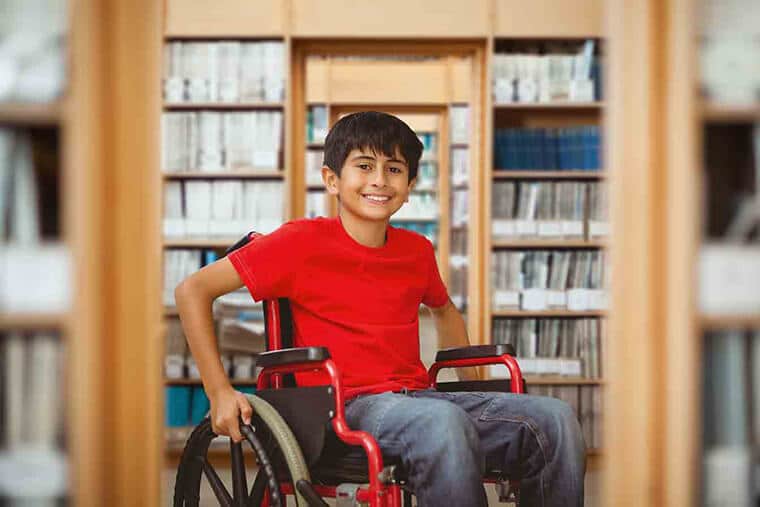Multiple Sclerosis in Children and Adolescents
Multiple Sclerosis in Children and Adolescents
Multiple sclerosis is a potentially devastating chronic neurologic disease that appears in both children and adults. Symptoms are often severe and include muscle weakness, partial paralysis, vision problems and balance issues. However, preventive treatment at a young age at Sheba Medical Center can delay progression of the disease.
Multiple sclerosis (MS) is a neurological disease caused by damage to the central nervous system. MS classifies as an autoimmune disease, meaning the immune system misidentifies various systems/tissues as external invaders and attacks these tissues via lymphocytes and other immune responses.
Dr. Shay Menascu, a neurologist and senior physician at the National Multiple Sclerosis Center at Sheba Medical Center, explains, “In MS, the autoimmune response is directed against myelin proteins (the protective sheath that covers nerve fibers), which are identified as foreign bodies and thus cause an inflammatory response and communication problems between the brain and the rest of the body.
Eventually, the disease can cause the nerves themselves to deteriorate or to become permanently damaged. Multiple sclerosis can affect any region of the central nervous system”.
Signs and symptoms of MS vary widely and depend on the amount of nerve damage and which specific nerves are affected. Some people with severe MS may lose the ability to walk independently or to walk at all, while others may experience long periods of remission without any new symptoms.
There is no cure for multiple sclerosis. However, treatments can help speed recovery from attacks, modify the course of the disease and assist in managing symptoms.

Multiple Sclerosis Disproportionately Affects Young People and Women
The number of people suffering from MS worldwide is estimated at one million, with about 450,000 of those in the United States. Approximately 10,000 new patients are diagnosed with MS every year. Risk factors for developing MS include:
Race
White people, particularly those of Northern European descent, are at the highest risk of developing MS. People of Asian, African or Native American descent have the lowest risk.
Family History
The chances of developing MS increase if there is another family member who has the disease. In fact, 15% of MS patients have a relative also suffering from the disease.
Age
MS can occur at any age, but most commonly affects people between the ages of 15 and 60. The peak is around 25 years of age.
Sex
Women are about twice as likely to develop MS as men.
Request a consultation
Sheba Medical Center provides innovative, personalized medical care to patients from around the world. We are the largest, most comprehensive hospital in the Middle East and dedicated to providing advanced and compassionate medicine for everyone.
We welcome all cases, including the rarest and the most challenging. Our medical teams collaborate to provide the best possible health outcomes. From your initial inquiry through the long-term follow-up care, we are here for you.
Request a consultation and a Sheba Case Manager will contact you shortly:
